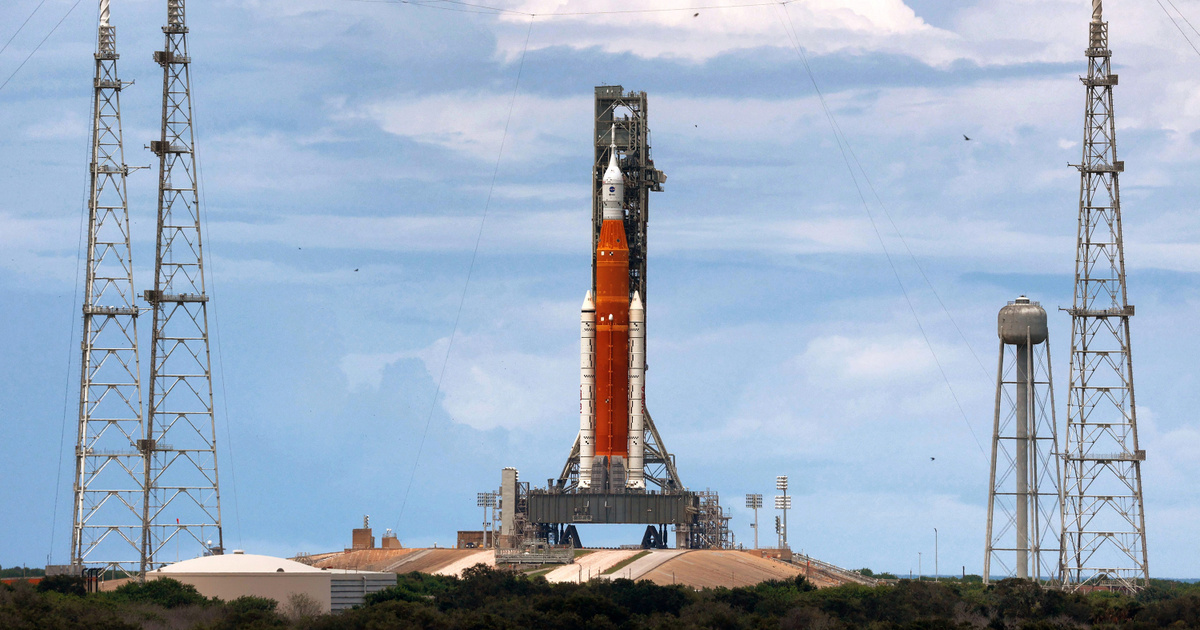The last manned moon landing, Apollo 17, was nearly 50 years ago. The record for space travel of 12 and a half days set by the Apollo mission, the longest manned mission into deep space, still stands.
The purpose of the Artemis program is for NASA to transport humans to the as yet undiscovered south pole of the Moon, and eventually to Mars. In expedition, astronauts go on long-duration space missions.
one missile. one task. Many ways to watch # Artemis Go to the moon.
Watch the simulcast topic, including how to watch in 4K. Pick your favourite, set a reminder, and spread the word.
The two-hour launch window opens at 8:33 a.m. EDT on August 29. https://t.co/D9RaNE9Gfq
– NASA (@NASA) August 27 2022
The launch of the moon rocket will be broadcast live
We will return to the moon to learn how to live, work and live
NASA Administrator Bill Nelson said: CNN to me
NASA began refueling operations for the mission. After seeing lightning in the storms over the weekend, NASA said “the impacts were low in magnitude and did not affect the space station system, the Orion system, or the ground systems.” The space agency said in a blog post on Sunday that the “countdown continues” until launch.
According to the weather forecast, no lightning was observed during the approaching storms.
SLS/Artemis 1: The meteorologist says he didn’t notice any lightning in the approaching storms (an obstacle to the tank), but the refueling will remain suspended while the team takes a little longer to assess; The SLS missile is ready to refuel, but the propellant has not yet begun to flow
– William Harwood (@cbs_spacenews) August 29, 2022
The space agency announced that the team left at 8:33 a.m. Monday, August 29, to begin preparations for a rocket launch from the Kennedy Space Center in Florida for the first massive lunar rocket launch since 1973. The world can follow the test flight broadcast continuously.












































